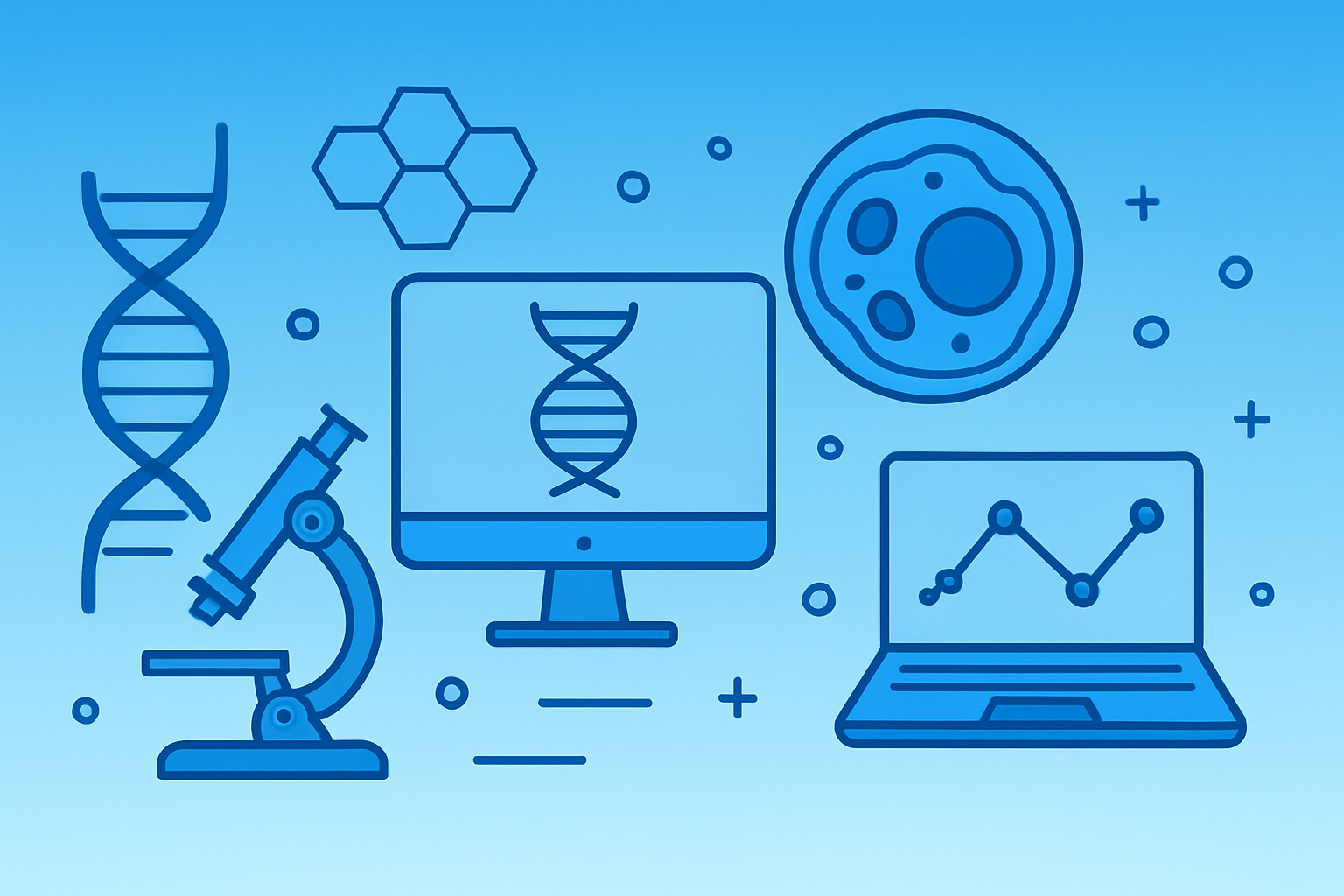In recent years, the programming language Python has become ever more popular in the bioinformatics and computational biology communities and indeed, learning this language marks many people's first introduction to writing code. This success of Python is due to a number of factors. Perhaps most importantly for a beginner, Python is relatively easy to use, being what we term a "high-level" programming language. Don't let this terminology confuse you however: "high-level" simply means that much of the computational tasks are managed for you, enabling you to write shorter and simpler code to get your jobs done.
This course builds on the basic features of Python3 introduced in the Introduction to Python course. At the end of this course you should be able to write moderately complicated programs, and be aware of additional resources and wider capabilities of the language to undertake more substantial projects. The course tries to provide a grounding in the basic theory you'll need to write programs in any language as well as an appreciation of the right way to do things in Python.
Number of course hours : 16
Level: Medium
Topics Covered:
Course Content:
- More code structuring with Iterators
- Write more elegant code with Python Comprehensions
- Python Generators create data
- Python scoping and exception handling
- Using modules
- Analysing text with Regular Expressions
- Introduction to Object Oriented Programming